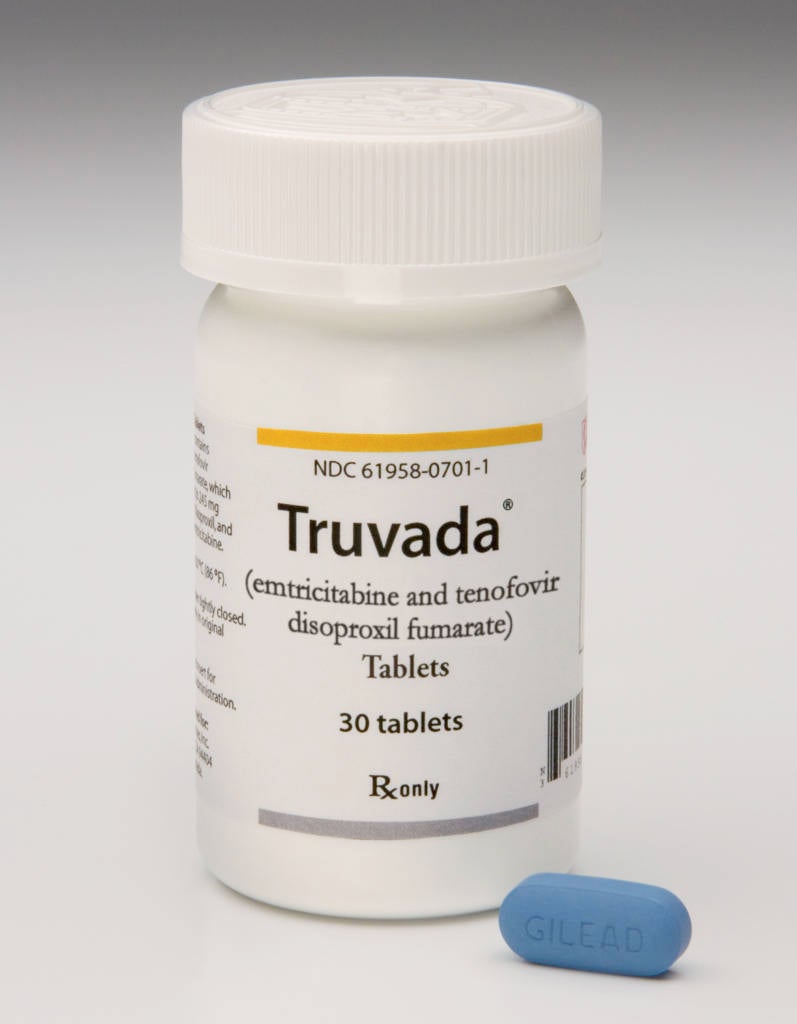 Last month, the Food and Drug Administration (FDA) approved Truvada as pre-exposure prophylaxis (PrEP) for adolescents at risk for HIV infection. FDA approval represents a critical step toward operationalizing PrEP for adolescents, especially young gay and bisexual men and LGBTQ youth of color, who stand to benefit from this effective HIV prevention tool. In 2016, youth aged 13 to 24 made up 21% of all new HIV diagnoses in the United States, and 81% of these diagnoses were among young gay and bisexual men. Young Black/African American and Latinx people also experience disproportionate rates of HIV diagnoses among this vulnerable population.
Last month, the Food and Drug Administration (FDA) approved Truvada as pre-exposure prophylaxis (PrEP) for adolescents at risk for HIV infection. FDA approval represents a critical step toward operationalizing PrEP for adolescents, especially young gay and bisexual men and LGBTQ youth of color, who stand to benefit from this effective HIV prevention tool. In 2016, youth aged 13 to 24 made up 21% of all new HIV diagnoses in the United States, and 81% of these diagnoses were among young gay and bisexual men. Young Black/African American and Latinx people also experience disproportionate rates of HIV diagnoses among this vulnerable population.
The National HIV/AIDS Strategy (NHAS) Progress Report, released on May 24, 2018, demonstrates a need for a more concerted effort to reduce high rates of HIV diagnoses among young gay and bisexual men. A key feature of the Strategy is the 17 indicators that are used to measure progress on NHAS goals. While the Progress Report showed that nine indicators met or exceeded annual targets and that progress was made toward targets for two additional indicators, targets for five indicators were not met and continue to move in the wrong directions. This includes two indicators related to young gay and bisexual men: (1) risk behaviors among young gay and bisexual men and (2) disparities in new HIV diagnoses among young Black gay and bisexual men.
Now that PrEP has been approved for adolescents aged 15 to 17, this creates new opportunities to effect change. While many medical providers are reluctant to prescribe a medication that is not approved by the FDA, providers can now prescribe knowing the FDA has affirmed that PrEP is safe and effective for adolescents. FDA approval should also open up payment options for adolescents to access PrEP since medication assistance programs established by Gilead, the manufacturer of Truvada, generally follow FDA indication.
Notwithstanding FDA approval, adolescents face other challenges to obtaining PrEP. One challenge is that in most states PrEP is not available to adolescents under age 18 without parental consent. This is often a significant barrier to those who are most at risk for HIV diagnosis because they may not have disclosed their sexual orientation or risk behaviors to their parents and may fear the repercussions of disclosure. While minor consent laws exist in all states that allow those under age 18 to consent to health care, including PrEP, under certain circumstances, there is significant confusion over these laws. Additional challenges include cost and concerns about confidentiality among adolescents and young adults on their parents’ health insurance.
To achieve forward progress in reducing HIV diagnoses among young gay and bisexual men and LGBTQ youth of color, we must build upon the recent FDA approval and continue to work to ensure access to PrEP for all young people in need.



